
Professor Mike Campbell – Chairman of the Executive Advisory Board for Laser and Nuclear Technologies
Michael Campbell, Ph.D. is an internationally known expert in Inertial Fusion, High Energy Density Physics, high power lasers and their applications and advanced energy technologies including Generation IV nuclear fission reactors and biofuels. He has won numerous awards including Department of Energy’s E. O. Lawrence Award, the American Nuclear Society’s Edward Teller Award, the American Physical Society’s John Dawson Award, the Department of Energy’s Excellence in Weapons Research Award, and the Leadership Award of Fusion Power Associates. He has received an honorary Doctor of Science from the University of Rochester.
He is a Fellow of the American Physical Society and the Optica (formerly OSA). He has published over 250 articles in scientific journals and holds 3 patents. Dr. Campbell has worked in various scientific and leadership positions at both federal laboratories and the private sector including Lawrence Livermore National Laboratory where he was the originator of the National Ignition Facility, General Atomics, Logos Technologies, and Sandia National Laboratory. He has received his degrees from the University of Pennsylvania, Princeton University, and the University of Western Sydney. He is presently an adjunct Professor at the University of Nevada, Reno and a Professor in Residence at the University of California-San Diego.
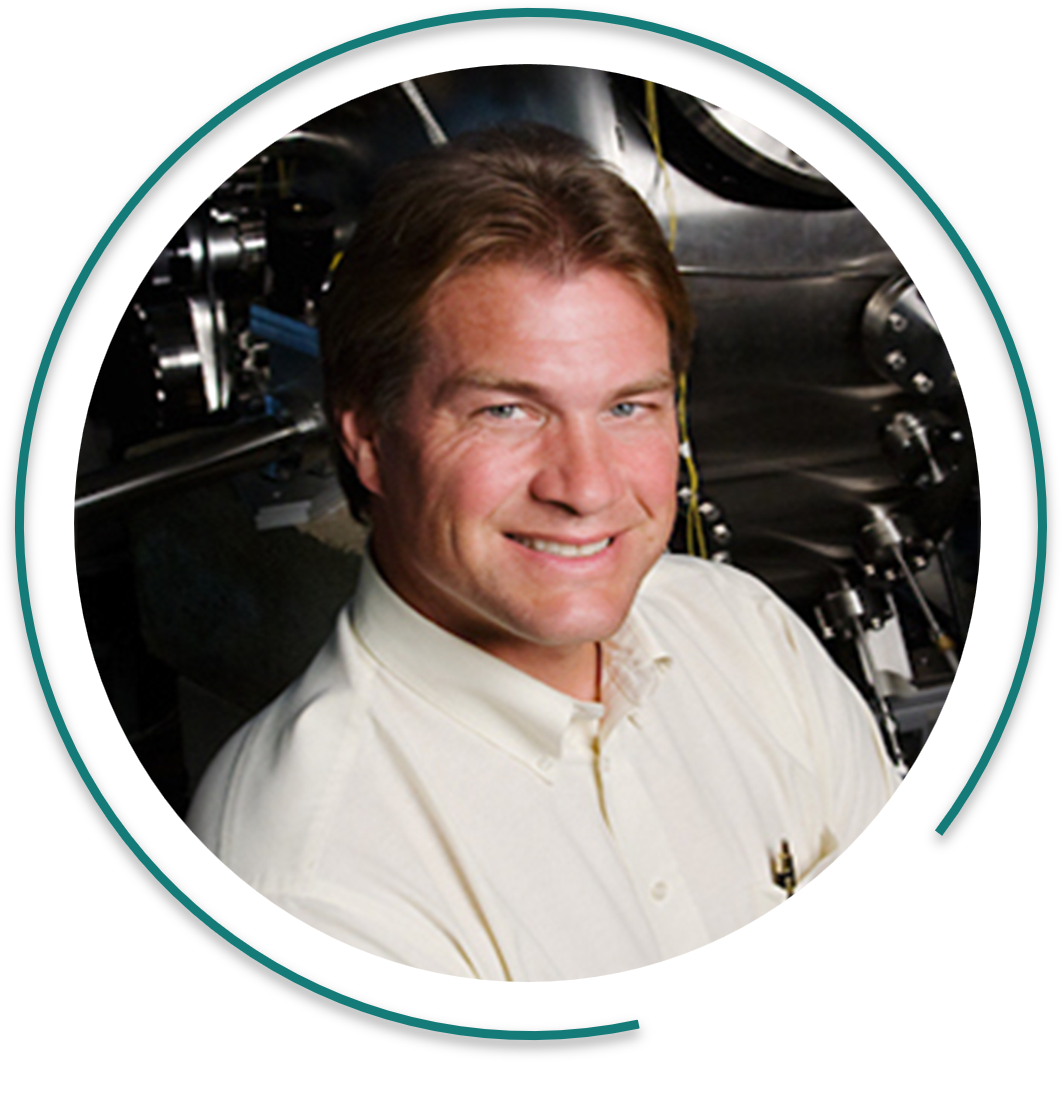
Professor David Neil Ruzic, – Chairman of the Executive Advisory Board for Plasma and Nuclear Technologies
David N. Ruzic is an Abel Bliss Professor at the University of Illinois at Urbana-Champaign, within the Department of Nuclear, Plasma, and Radiological Engineering. With over three decades of experience in academia and research, Prof. Ruzic has made significant contributions to plasma-material interactions and fusion technology.
He was awarded the AVS Plasma Prize for Outstanding Work in Plasma Science and Technology in 2012 and has published over 220 peer-reviewed journal papers, two books, and six book chapters. Prof. Ruzic holds ten patents and is a well-known science celebrity, with his educational YouTube videos garnering over 8.2 million views. He earned his Ph.D. in Physics from Princeton University and completed post-doctoral research at the Princeton Plasma Physics Laboratory.
Prof. Ruzic is a Fellow of the American Nuclear Society, the American Vacuum Society, the American Physical Society, and SPIE (Society for Optics and Photonic Engineering).
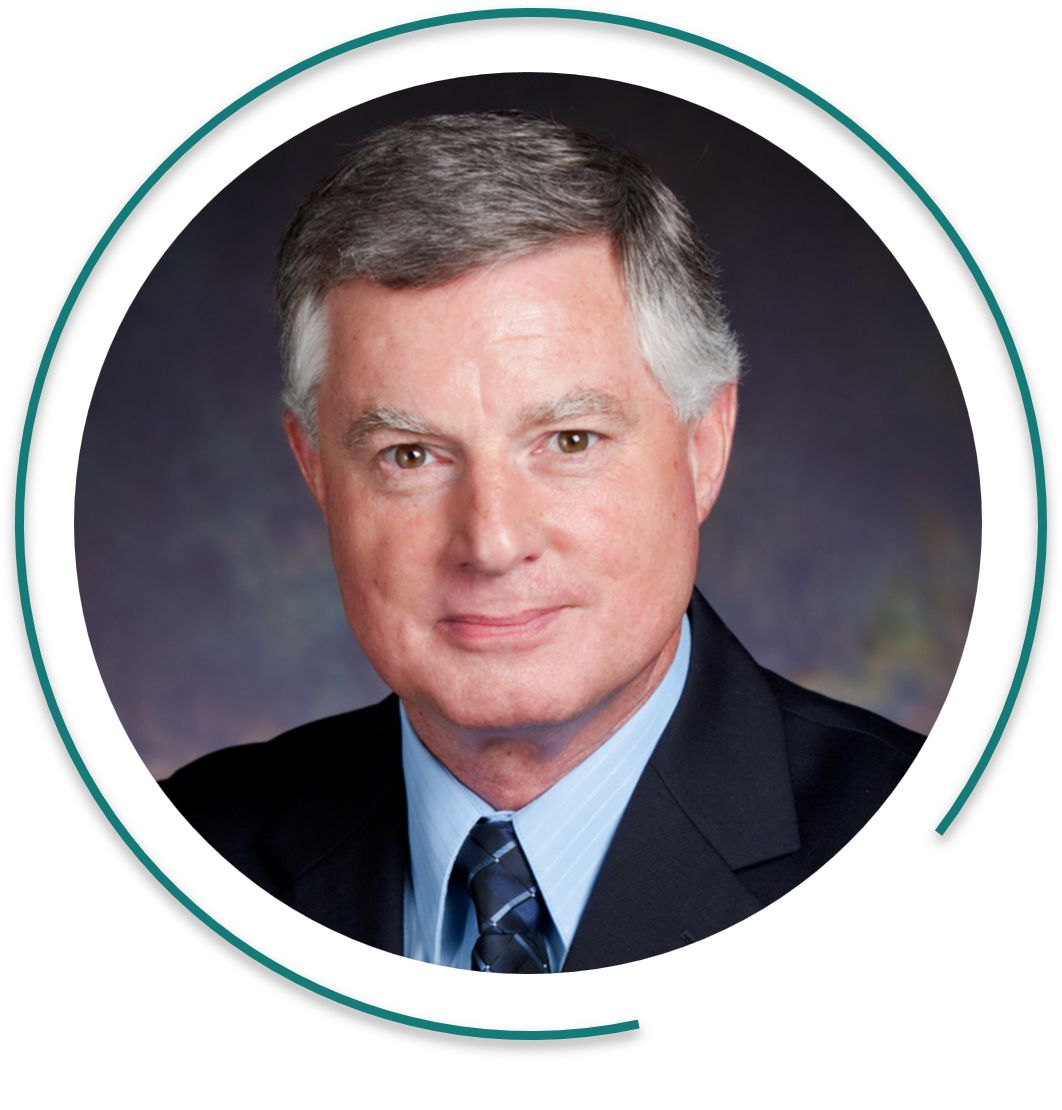
Professor J. Gary Eden – Chairman of the Advisory Board for Laser Engineering and Innovation
Professor Eden has authored more than 370 referred, archival publications and 106 awarded patents, is a member of multiple honorary organizations, and is a Fellow of the IEEE, Optica, the American Physical Society, the American Association for the Advancement of Science (AAAS), and SPIE. In 1975, he was appointed a National Research Council Postdoctoral Research Associate at the U.S. Naval Research Laboratory (Washington, DC). Professor Eden has demonstrated several powerful laser spectroscopic techniques that have resulted in the discovery of (for example) Rydberg series in the rare gas dimer molecules, the first observation of excitation spectra for the photoassociation of thermal atom pairs, and three body photoassociation.
As a research physicist in the Laser Physics Branch (Optical Sciences Division) of NRL from 1976 to 1979, he made several contributions to the area of visible and ultraviolet lasers and laser spectroscopy, including the co-discovery of the KrCl rare gas-halide excimer laser, and received a Research Publication Award (1979) for his work at NRL in which he co-discovered the proton beam pumped laser (Ar-N2, XeF). Since joining the faculty of the University of Illinois in 1979, he has been engaged in research in atomic, molecular, and optical physics, laser spectroscopy, and the discovery and development of ultraviolet and vacuum-ultraviolet lasers and lamps for applications in atomic clocks, laser fusion energy, and photochemical processing.
He has served as Editor-in-Chief of the IEEE Journal of Quantum Electronics, and Editor-in-Chief of Progress in Quantum Electronics. In 1998, Professor Eden served as President of the IEEE Lasers and Electro-Optics Society (LEOS), following earlier service as a member of the LEOS Board of Governors. Professor Eden received the LEOS Distinguished Service Award in 1996, was awarded the IEEE Third Millennium Medal in 2000 and was named a LEOS Distinguished Lecturer for 2003-2005. Between 2015 and 2017, he also served as a Distinguished Lecturer for the American Physical Society Division of Plasma Physics.
He was awarded the C.E.K. Mees Medal of the Optical Society of America in 2007 and was the recipient of the Fulbright-Israel Distinguished Chair in the Natural Sciences and Engineering for 2007-2008. J. Gary Eden received the Ph.D. degree in Electrical Engineering from the University of Illinois, Urbana. He is a co-founder of Eden Park Illumination and EP Purification.
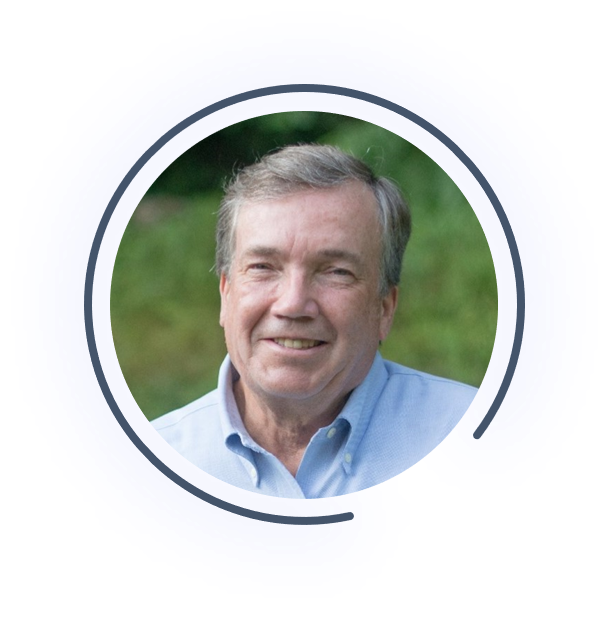
Randall L. Beatty, Ph.D. – Chairman of the Executive Advisory Board for UF6 Gas Handling Systems
Dr. Randy Beatty is an international fuel cycle specialist with decades of technical expertise in export control, scientific cooperation, nuclear fuel cycle, and uranium processing with an emphasis on enrichment and fuel fabrication. Dr. Beatty retired from Oak Ridge National Laboratory in 2019, where he was a distinguished research and development staff member in the Nuclear Security and Isotope Technology Division.
He also served as a Laboratory Lead at the Department of Energy’s Office of Nuclear Energy for China Cooperation; was the National Nuclear Security Administration Laboratory Lead for South African HEU Minimization; and Program Manager/Section Head for the International Project on Innovative Reactors and Fuel Cycles (INPRO) at the International Atomic Energy Agency (IAEA) in Vienna. He was also a senior diplomatic officer in Moscow Russia and the Deputy Executive Director for the International Science and Technology Center (ISTC).
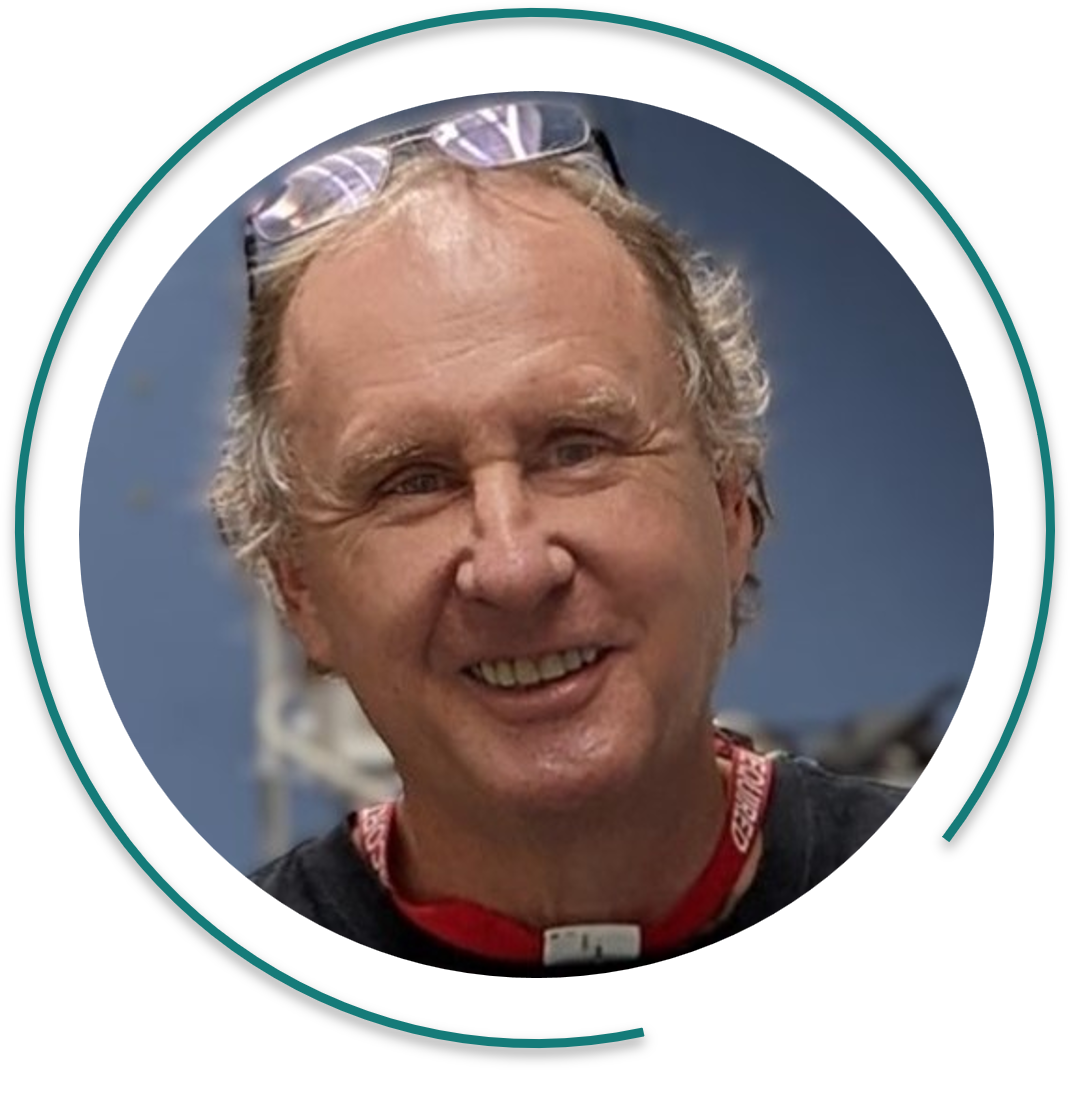
Neil Campbell, Ph.D. – Chairman of the Advisory Board for Laser Innovation and Modeling
Neil Campbell, Ph.D. possesses extensive expertise in laser technology, optics, pulse power, and fluid dynamics. He has been engaged extensively in laser development, spectrally from the ultraviolet through to the longwave infrared across chemical, gas and solid-state lasers -these being discharge, photolytically, relativistic electron beam, flashlamp, optically pumped molecular and diode laser excited. His work has been primarily within the research and development arena, for national and university laboratories, industry and defense, and including organizations such as the Atomic Energy Corporation of South Africa, the Council for Scientific and Industrial Research of South Africa, Grintek Avitronics, ARMSCOR, Applied Research Associates, and the University of New Mexico. Dr. Campbell also dedicates substantial time to mentoring master’s and doctoral students.
For several decades, Dr. Campbell’s efforts have been directed at alternate pump solutions for selected molecular lasers, with the goal of enabling a disruptive change in specific systems’ capability and performance envelopes. The goal has been to access much needed practical operational domain gains and performance parameters not currently viable via existing laser approaches. He holds eight patents, of which a subset focused on molecular lasers have been the subject of a successful, multi-year Department of Defense–funded research and development program. This laser technology holds promise for medical, energy, and extreme light science applications.
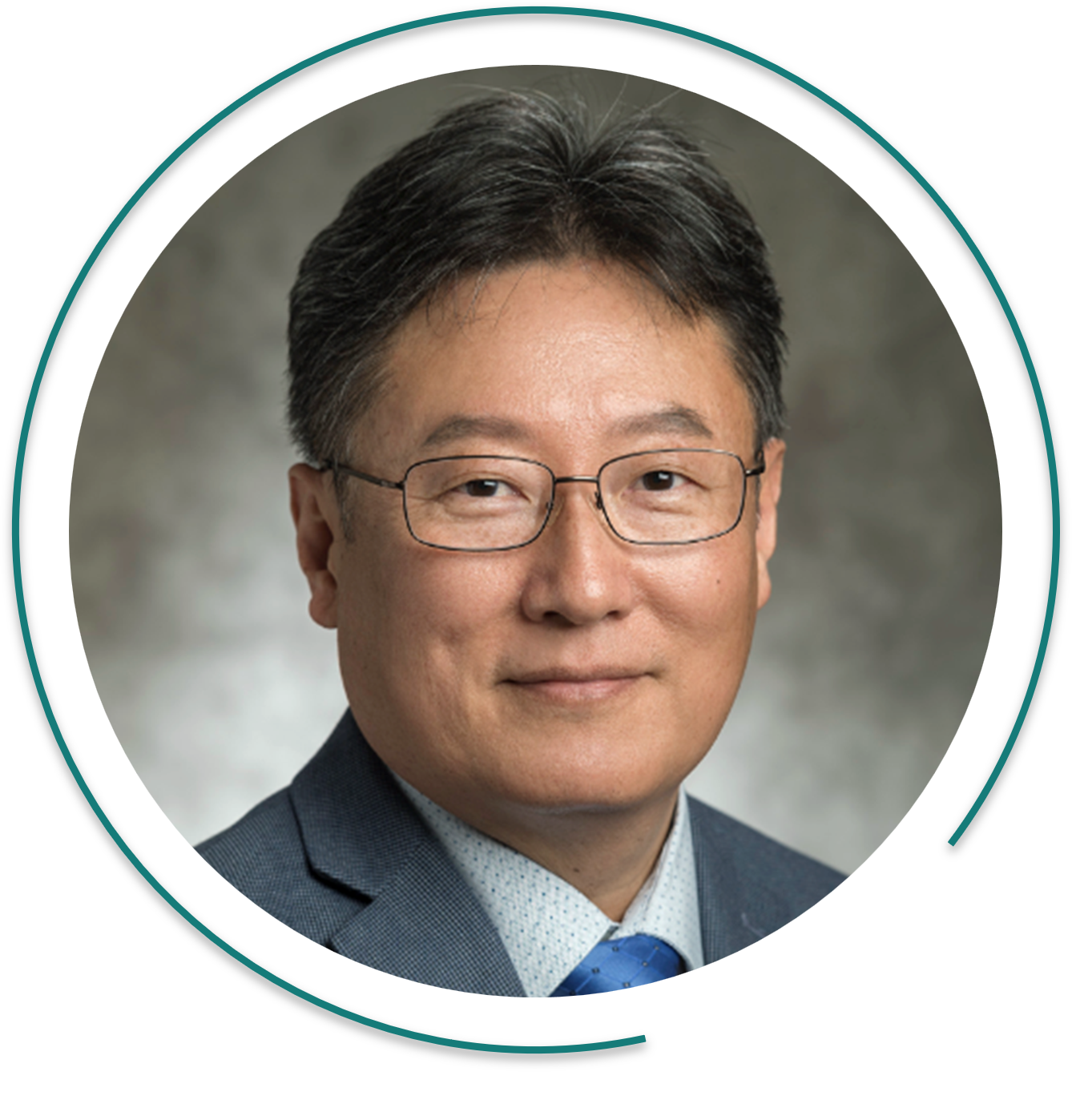
Brent Park, Ph.D. – Executive Director of Nuclear Security and Safeguards Policy
Brent is a nuclear physicist and a former government official with demonstrated leadership experience at Los Alamos National Laboratory (LANL), Nevada Test Site (NTS), and Oak Ridge National Laboratory (ORNL). Between 2018 and 2021, with Senate confirmation just 6 weeks after being nominated by President Donald J. Trump, Brent served as Deputy Administrator at the National Nuclear Security Administration (NNSA). He led Defense Nuclear Nonproliferation programs to support the nation’s efforts in nonproliferation treaties and international arms control, international nuclear security, safeguards, and export control policies. Prior to joining NNSA, Brent was Associate Laboratory Director at ORNL, leading the science-to-application efforts for national security programs. Research topics are wide-ranging, with particular focus on materials science and engineering, cybersecurity, high-performance computing and big data analytics, artificial intelligence, and nuclear science and engineering.
Previously, Brent was the director of NNSA’s Remote Sensing Laboratory, where he led efforts to advance and field cutting-edge diagnostics and communications instruments in support of counterterrorism and radiological incident response for the nation. As the NNSA’s non-proliferation chief, he led efforts and engagements to prevent nuclear weapons proliferation and to reduce the threat of nuclear and radiological terrorism around the world. Earlier, Brent managed and contributed to basic and applied research programs at LANL in the areas of physics and engineering, modeling and analysis, and nuclear weapons physics and engineering in support of stockpile stewardship, as well as nuclear emergency response and nuclear facility operations. Brent earned a bachelor’s degree in physics and mathematics at Illinois State University and a master’s degree in physics with an emphasis on remote sensing at Indiana State University. Later he shifted the direction of his research to nuclear physics and earned a master’s degree at Indiana University. Brent performed a thesis experiment using the spallation neutron source at LANL and earned a PhD in physics at Ohio University. He held a prestigious Physics Division postdoctoral fellowship at LANL before becoming a technical staff member.

